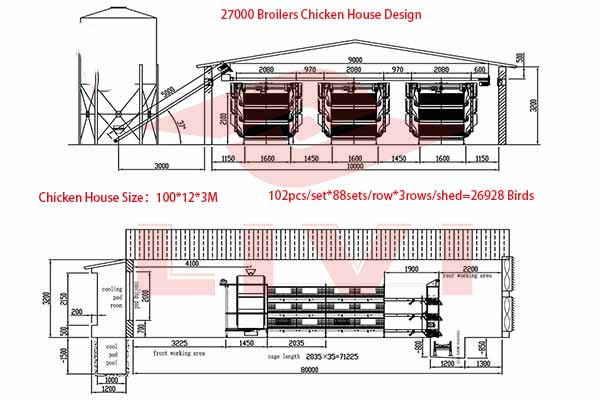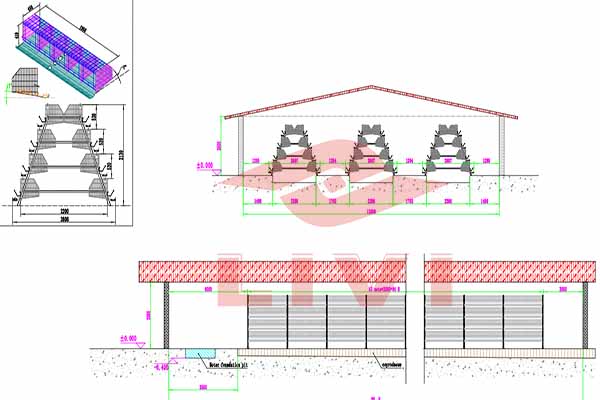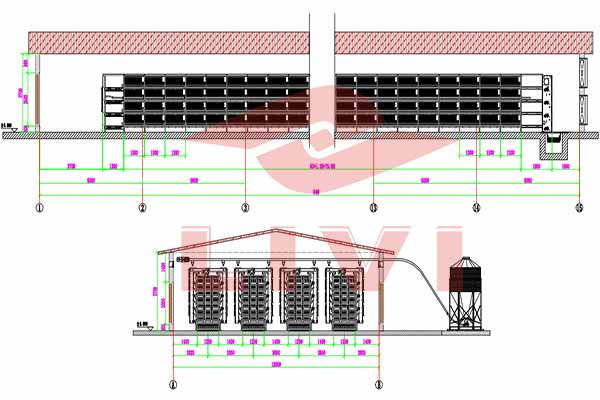Optimizing Automatic Feeding Systems for 100,000 Chickens in Nigeria: A Comprehensive Guide
Understanding the Scale of the Challenge
In the dynamic world of poultry farming, Nigeria stands out as a significant market with a growing demand for chicken meat. As chicken production scales up, so does the need for efficient and reliable feeding systems. A well-designed automatic feeding system for 100,000 chickens is not just about productivity; it’s about ensuring the health and well-being of the flock.
Key Components of an Automatic Feeding System
To cater to the needs of 100,000 chickens, an automatic feeding system must be robust and adaptable. Here are the key components you should consider:
– Feeding Augers: These convey feed from storage bins to the chickens. For a large-scale operation, heavy-duty augers are a must.
– Feed Hoppers: They distribute the feed to different areas within the farm, ensuring all chickens have access.
– Electronic Control Panels: These systems manage the entire feeding process, including scheduling and dosing.
– Bin Scales: They measure the amount of feed being dispensed, maintaining accurate feeding and reducing waste.
Benefits of Implementing an Automatic Feeding System
– Increased Productivity: An automatic feeding system can reduce feed preparation time by up to 80%, allowing you to focus on other critical farm tasks.
– Cost-Effectiveness: By minimizing feed waste and labor costs, you can significantly boost your farm’s profitability.
– Healthier Chickens: Regular and consistent feeding can lead to healthier birds, reducing the risk of disease and mortality.
Case Study: A Successful Implementation
A Nigerian poultry farm successfully implemented an automatic feeding system for 100,000 chickens. The system was designed to provide a consistent feed supply, resulting in:
– 15% Increase in Feed Conversion Ratio
– 30% Decrease in Feed Waste
– 40% Reduction in Labor Costs
Choosing the Right System for Your Farm
When selecting an automatic feeding system for your 100,000 chicken farm, consider the following factors:
– Capacity: Ensure the system can handle the volume of feed required for your flock.
– Durability: Choose equipment made from high-quality materials to withstand the rigors of daily use.
– Ease of Use: A user-friendly control panel can simplify the management of the feeding process.
Conclusion
Investing in an automatic feeding system for your 100,000 chicken operation in Nigeria is a strategic move that can yield significant returns. With the right system in place, you can expect increased productivity, reduced costs, and healthier chickens.
Get in Touch for Free Design and Quotation
If you’re interested in implementing an automatic feeding system for your chicken farm, don’t hesitate to reach out. We at LIVI Mechanical offer free, personalized design solutions and equipment quotations. Contact us today and take the first step towards enhancing your poultry farming operation.





